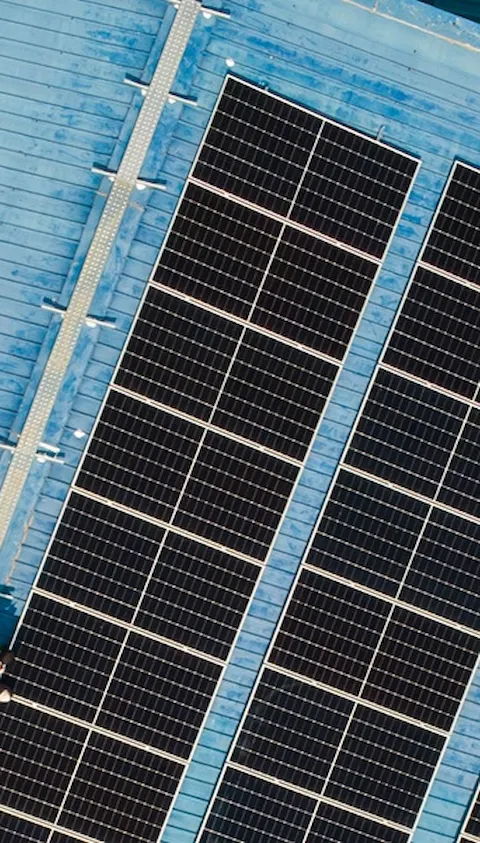

Overview
DNV’s Energy Transition Outlook 2025 describes a system in rapid transformation yet still off the pace for Net Zero 2050. Electricity grows from one-fifth to nearly half of all final energy by 2060, driven by wind, solar and storage, while hydrogen, CCUS and bioenergy scale to decarbonize heavy industry and transport.
Energy Transition & Pathway to Net Zero
- Net zero 2050 is beyond reach on current trends. DNV forecasts 22 Gt CO2 still emitted in 2050; global net-zero CO2 arrives ~2093, implying ~2.2°C warming by 2100 absent stronger policy.
- Global CO2 emissions peak in 2026 and fall to ~11.3 Gt in 2060, one-third of today’s level. Energy-related CO2 declines from 35 Gt (2024) to 11 Gt (2060) as electricity greens and efficiency improves.
Source: DNV ETO 2025 p. 12 - Current policies lead to net-zero CO2 around 2093, consistent with ~2.2°C warming by 2100.
Source: DNV ETO 2025 p. 18 - Carbon budgets are tight. Remaining 1.5°C budget is used up by 2029; the °C budget by 2052 on the current trajectory.
Source: DNV ETO 2025 p. 12 - Power decarbonizes fastest (-88 % emissions), while transport becomes the largest source by 2060 (~3.7 Gt CO₂ — aviation & shipping prominent).
Source: DNV ETO 2025 p. 15
Statistics and Insights: global media contacts

